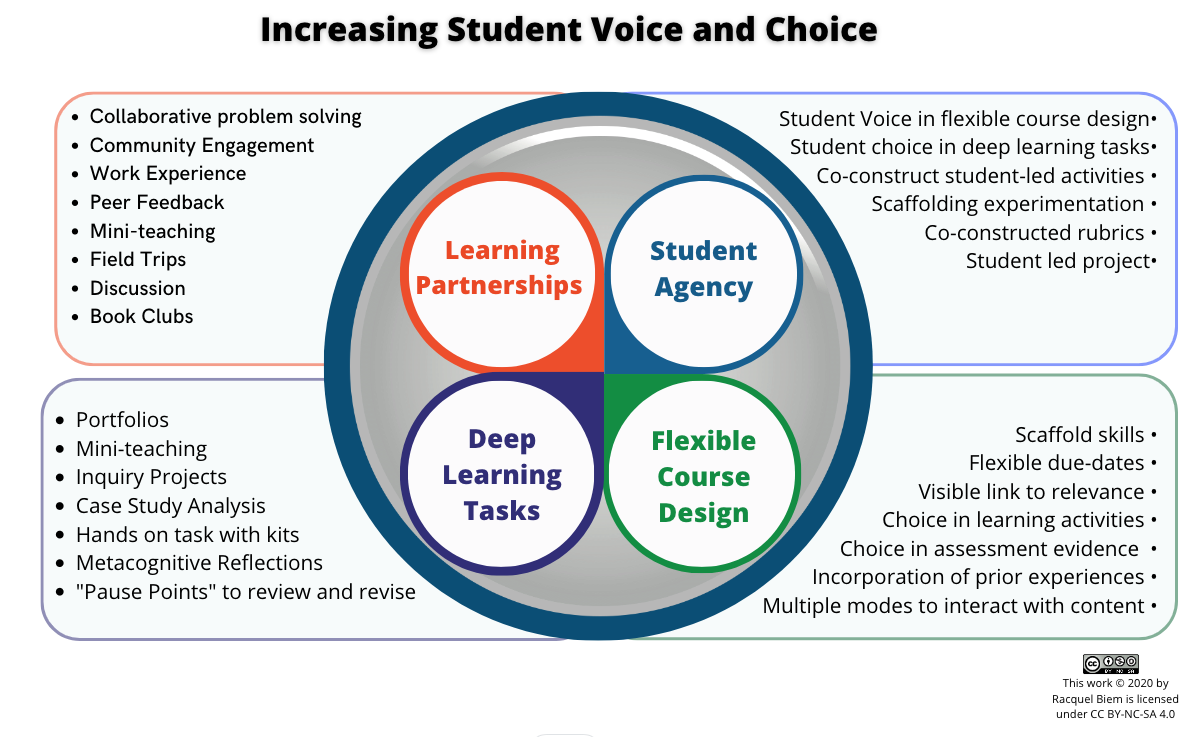Pre-Assessment: Saving time, gaining buy-in and setting the stage
By Carolyn Hoessler
Although BOPPPS model suggests discussing objectives before pre-assessment, I often start with a quick polling activity.
What I do…
 I poll students through a quick show of hands of where they are along a continuum of confidence or competence in today’s topic. I stand in a corner at the front of the class and describe a continuum with one wall representing “I may have heard about a mean, but I am not sure how to calculate it or if it is the statistical definition, or I may vaguely remember so please remind me” the opposite wall represents “I know how to calculate a mean confidently and can use it to compute a t-statistic. I could even teach this class.” Raise your hand when I reach the point on the continuum that represents you. Then I walk across the front of the room. If not enough students respond the first time, I just repeat the walk and they get the idea that I expect their participation.
I poll students through a quick show of hands of where they are along a continuum of confidence or competence in today’s topic. I stand in a corner at the front of the class and describe a continuum with one wall representing “I may have heard about a mean, but I am not sure how to calculate it or if it is the statistical definition, or I may vaguely remember so please remind me” the opposite wall represents “I know how to calculate a mean confidently and can use it to compute a t-statistic. I could even teach this class.” Raise your hand when I reach the point on the continuum that represents you. Then I walk across the front of the room. If not enough students respond the first time, I just repeat the walk and they get the idea that I expect their participation.
Why? Four Reasons:
1) Further signaling engaged learning: By asking students (and expecting a response) through a quick polling and expecting their involvement I reinforce that this class is about more active participation, as with the Bridge-In, I try to signal that statistical analysis is not a passive pastime but involves actively working over of information
2) Save time – I know what they know: Formative feedback, allows me to see the distribution of students’ abilities on a given topic and adjust the amount of time and practice I allot basic material saving time where possible.
3) Set goals – They know what they know: Placing oneself on a continuum involves identifying what one knows, one’s sense of efficacy on the topic and indicates how much room there is to grow. There is no following along, but an invitation to set one’s goal and strive for it.
4) Reduce grumbling – They know what each other knows: I can mitigate the typical frustration strong students feel when instructors cover the basic stuff – the “this is sooooo kindergarten!” When students see how diverse the class is, they can see that at least someone in the class needs the information. I also can reinforce the idea, by indicating what information is foundational pieces, what information is at the minimal level expected for this class, and what information is a “pursue if interested” advanced content and those in the class can see how some information may be meant for them, but it is not all about what I need.
I prefer to identify students’ current level of statistical knowledge first for these reasons of engaging, adjusting content, setting goals and gaining buy-in that I can then tap into when I list the draft objectives (see next post).
Picture courtesy of iwishmynamewasmarsha via Flickr with a Creative Commons license (Attribution – NonCommercial – Some rights reserved)

